When I left Baltimore to move to the Eastern Shore 16 years ago, I thought I was leaving behind daily parallel parking, mosquito-free backyards, and Formstone houses. Turns out I was right about the parallel parking and the backyards, but wrong about the Formstone. There’s plenty of Formstone on the Eastern Shore, though it’s not as ubiquitous as in Baltimore’s rowhouse neighborhoods.
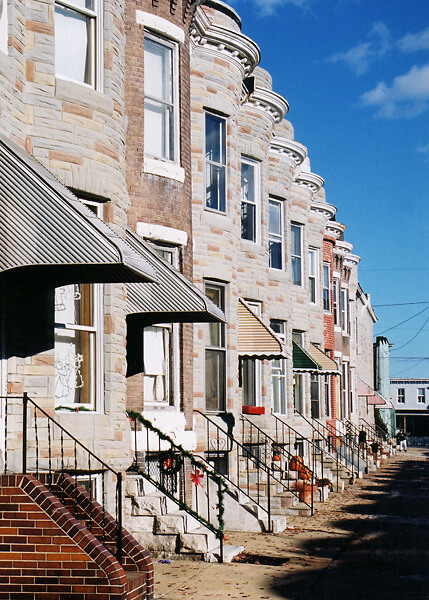
Formstone is a concrete siding (much like stucco) that was installed on houses and other buildings as a way to beautify, weatherize, and cut down on maintenance (much like aluminum and vinyl siding). There were many companies offering similar products, but the name that stuck in Maryland was Formstone.
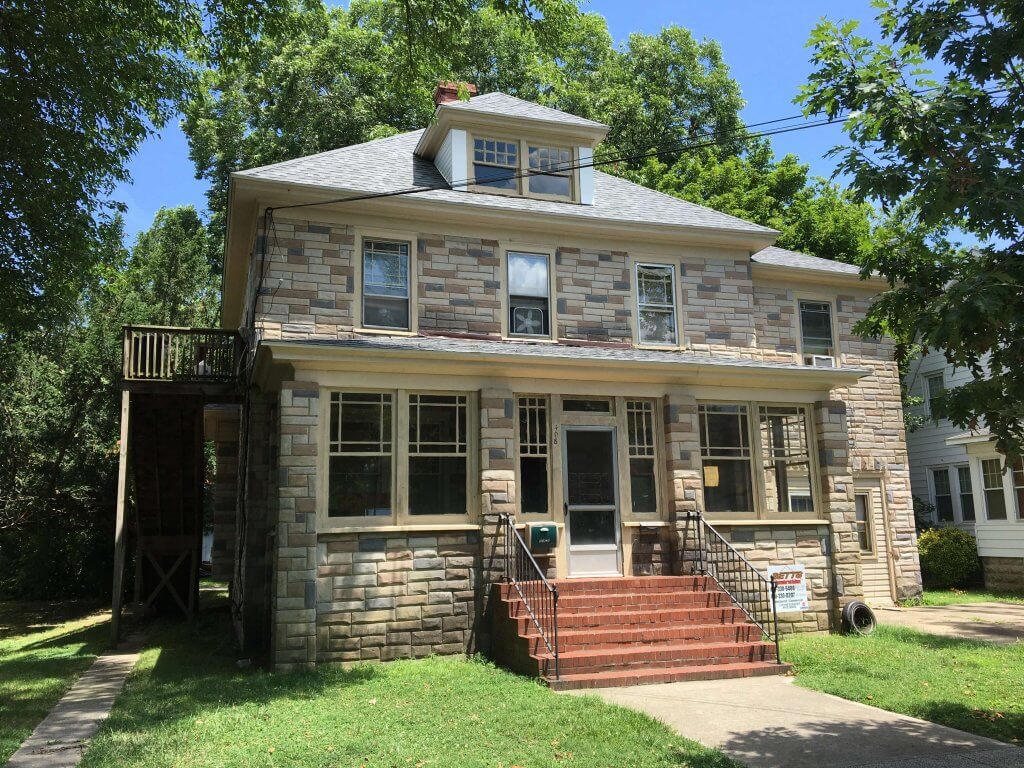
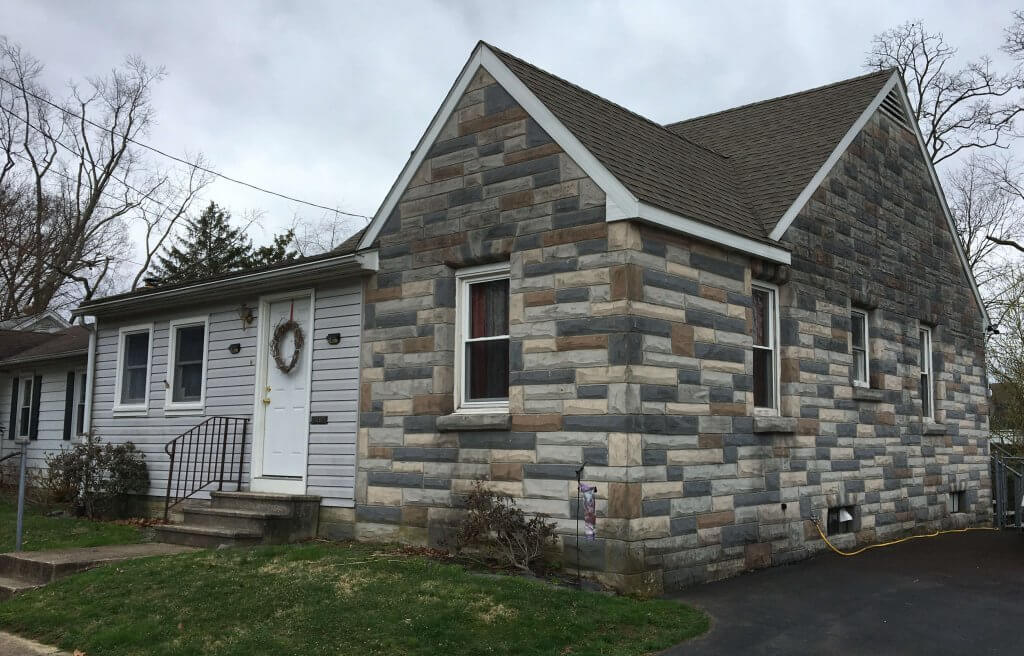
Formstone was patented in 1937 by Baltimorean Albert Knight as a process for making artificial stone wall facings. The process of installing the siding was creative; the covering material was mixed on-site and the detail was hand-sculpted right at the house.
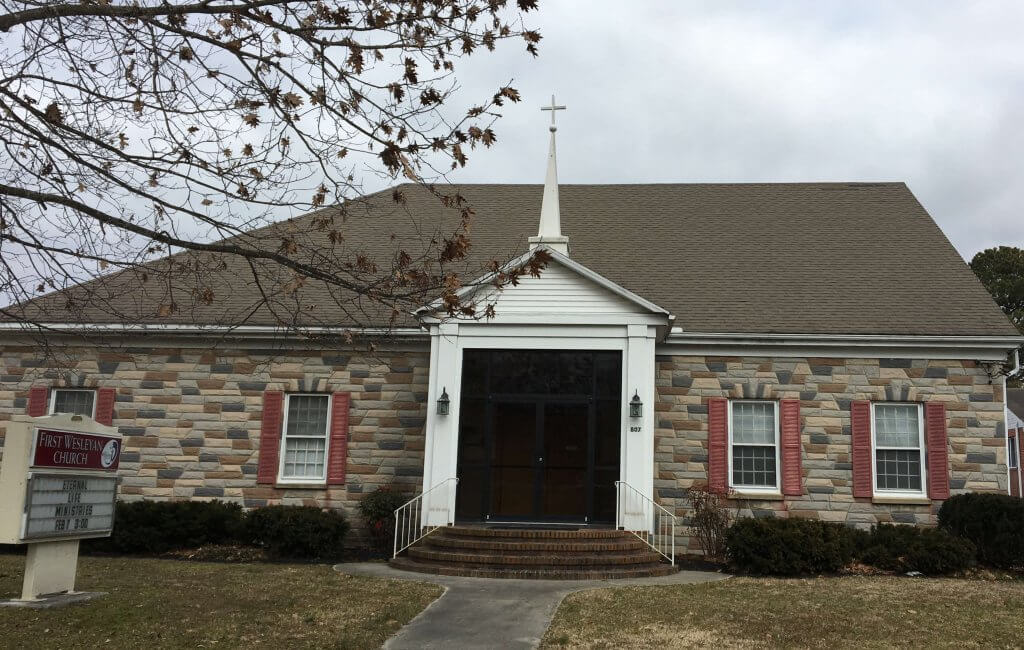
First, a metal frame — sometimes chicken wire — was nailed to the outside of the house to anchor the first coat of concrete. When this first coat was dry, a second coat was applied, and while it was still wet, the installers created the “stones” by pressing the surface with molds, scoring it, or creating a crinkled surface using wax paper or by running an aluminum roller across it. Then the third layer was applied, along with coloration and mica for sparkle.
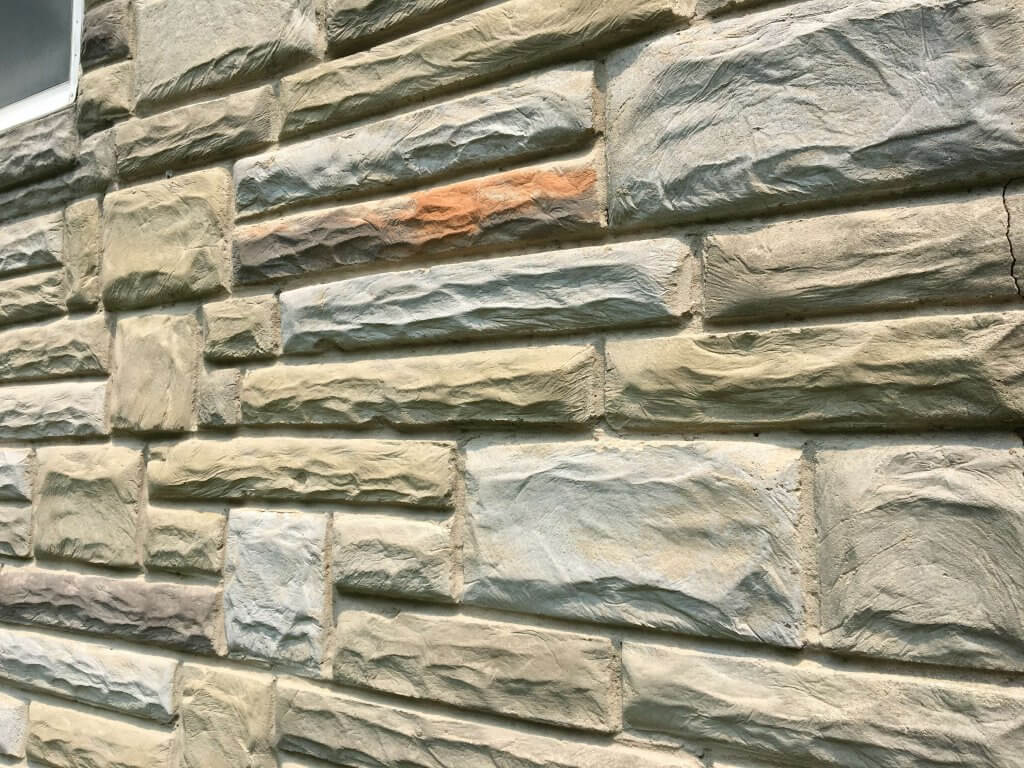
Formstone’s heyday was in the 1940s and ‘50s. Its appeal to a homeowner was its clean and polished look — some said “classy” or “modern” — and it was maintenance-free, more energy-efficient, and inexpensive. It cost about $350 to cover a whole house in the 1950s — about the same as painting a house three times, but unlike paint, Formstone only had to be applied once.
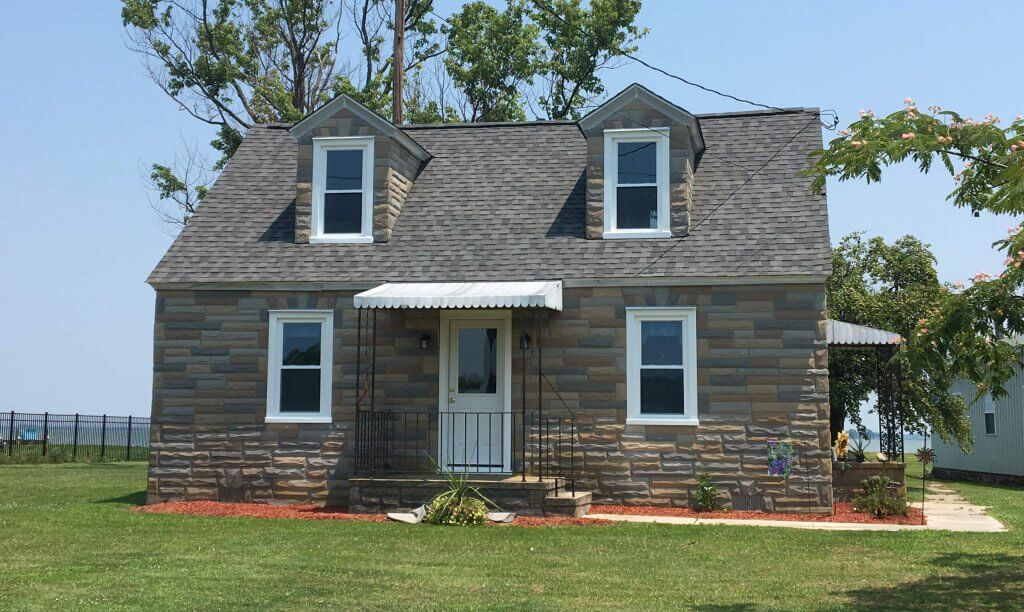
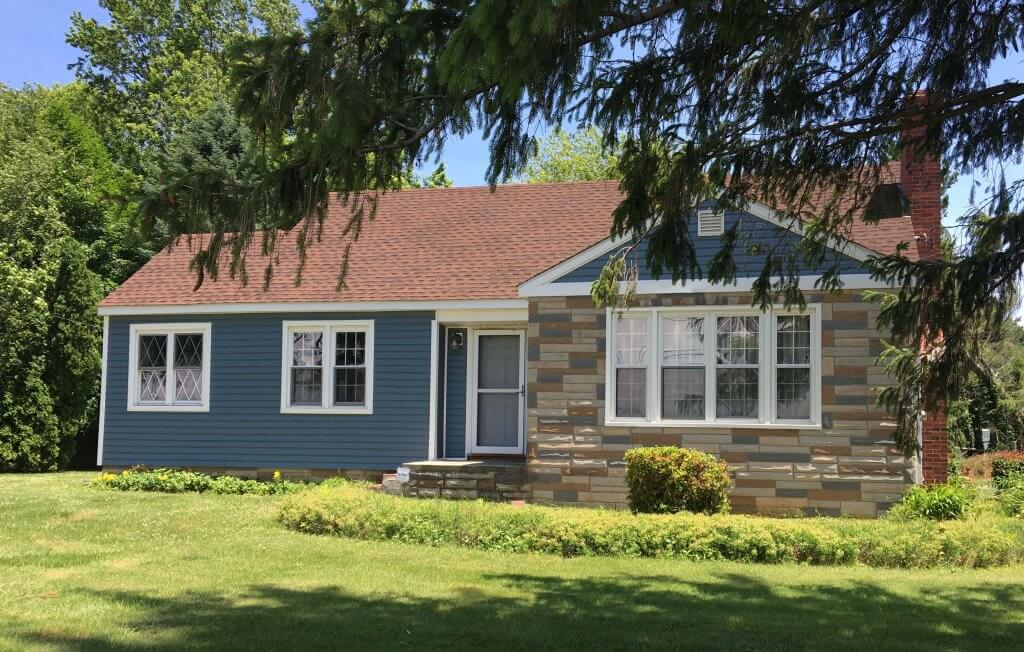
Today there’s not much installation of Formstone — few people are left who know how to do it. You can buy stone veneer at a big box hardware store, but it’s just not the same.
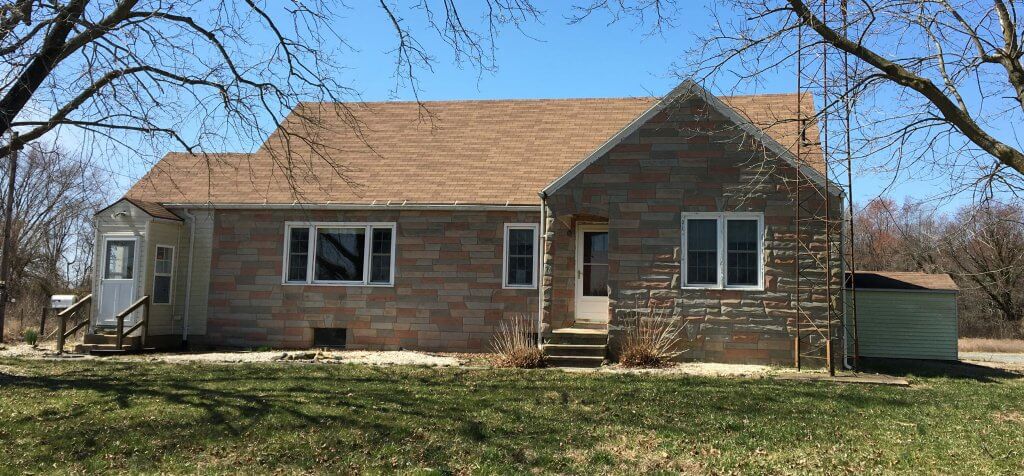
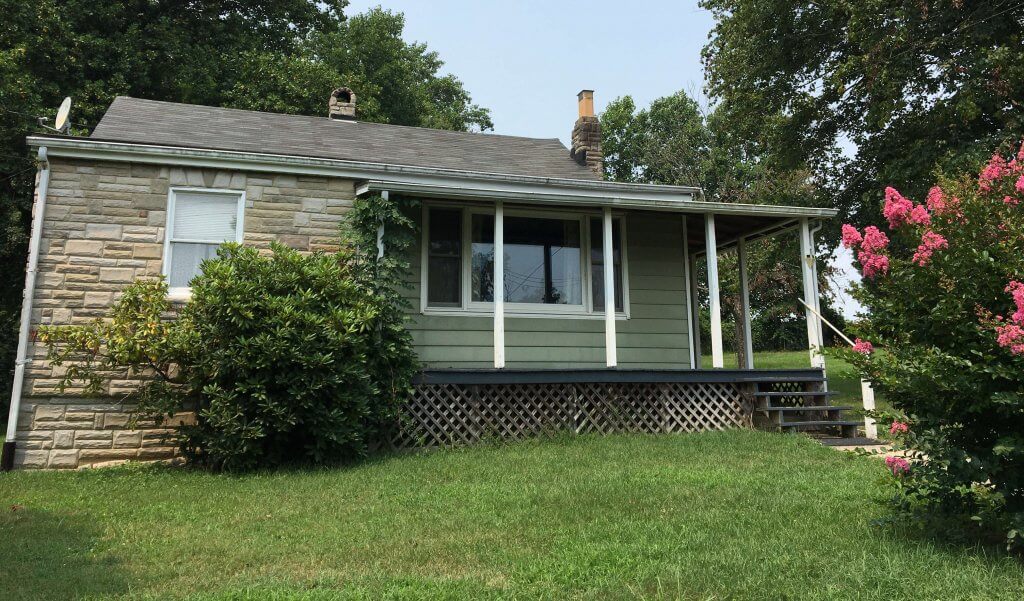
Some people who own Formstone houses decide to remove the siding and restore the original brick or wood surface underneath. It’s an expensive process. Others paint over the concrete, creating something new altogether. But many cherish their formed “stone” homes for the historical working-class feel or campy vibe they have — famous Baltimorean filmmaker John Waters described Formstone as the “polyester of brick.”
Whether Formstone has any historical significance will be debated long into the future, but whether you like or dislike it is certainly an individual aesthetic choice. Me — I like it.
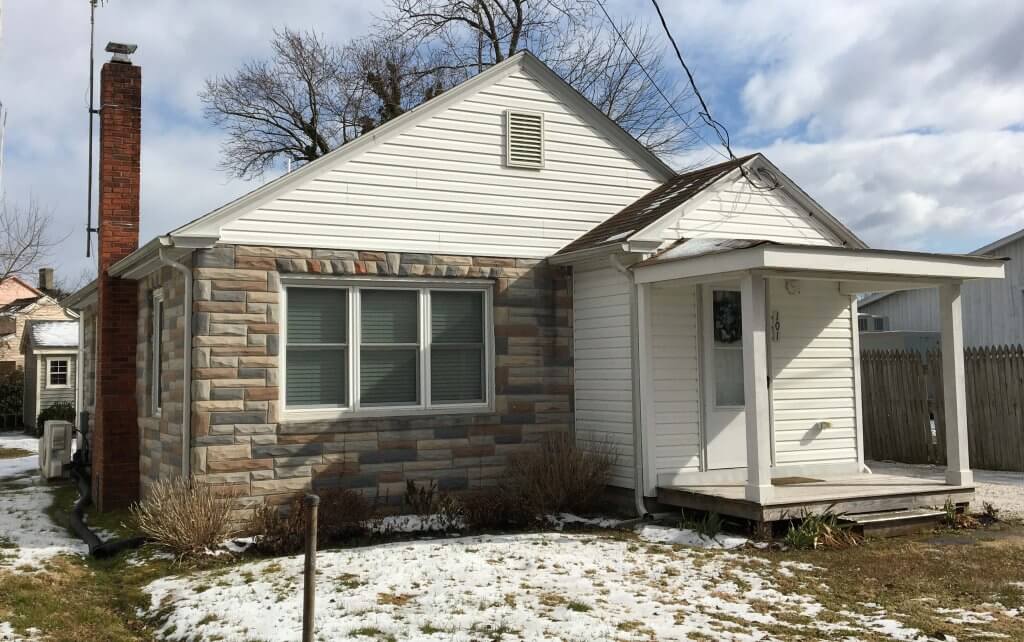
Main photo: Cute bungalow covered in Formstone in Clayton, Del.
This installer applied a range of colors, but there’s not much variation in stone size.
Photos by Jan Plotczyk and Gren Whitman.

